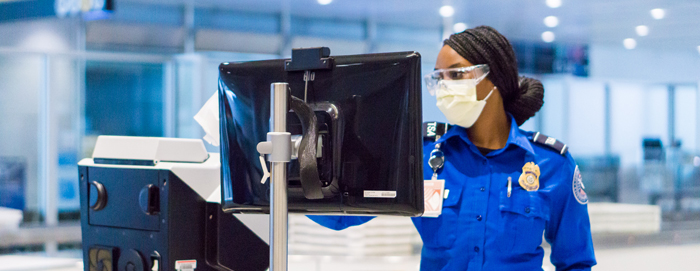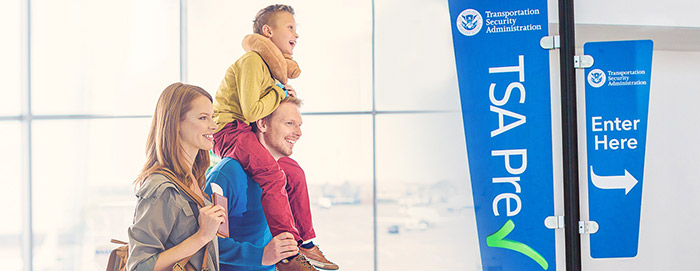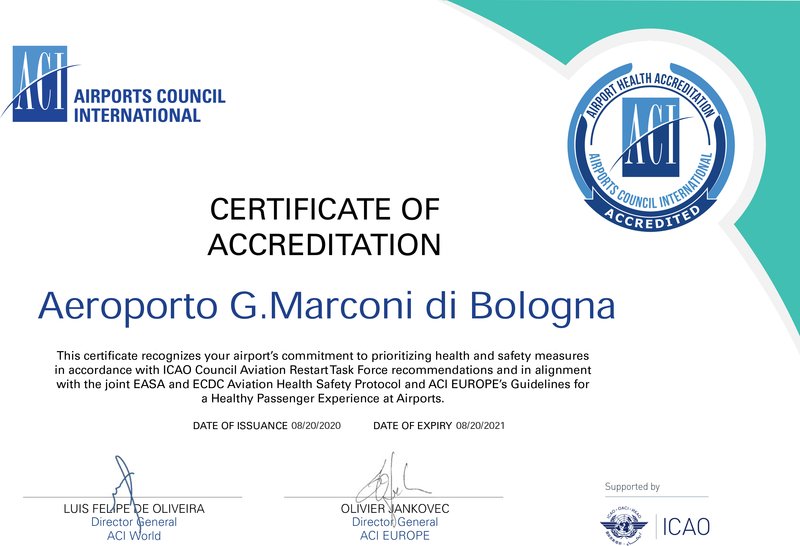ACI Airport Security Risk Assessment Handbook Guides Airport Security Management
Airports Council International (ACI World) has today published the Airport Security Risk Assessment Handbook which assists airports in understanding threats, assessing associated risks, and allocating resources where they are most needed
Amid the challenges faced by the industry during COVID-19, security remains a top priority. Airports need to meet security standards and be able to manage security effectively in an environment of constrained resources which could include funding, staff levels, and time.

ACI identified that risk assessment can be over-complicated, with unrealistic assumptions made about potential vulnerabilities. The handbook provides a step by step breakdown of a risk assessment process and has been developed in response to industry requests for updated guidance. The new handbook covers:
- guidance on best practices and methodologies that can be applied to security risk assessment to help airports prioritize and manage risks
- a case study on insider threat, and examples from airports on how risk assessments are conducted, and
- global best practices and real-life experience from ACI’s member airports and experts in the field.
ACI World Director General, Luis Felipe de Oliveira, said:Our members have told us that risk assessment is as an area where more guidance and training is needed. This handbook brings together best practices and methodologies that can be applied to security risk assessment that help airports identify their top priorities.
As the industry grapples with the impacts and effects of the pandemic, they have not lost sight of the overriding priorities of safe operations, including security. This handbook will assist airports in ensuring secure operations even as they seek to restart and lay the foundation for a long term recovery for COVID-19.
The handbook includes guidance on recognizing plausible threat scenarios, to assessing the likelihood and impact of an attack occurring, considering measures already in place to address the risk, and possible solutions to address the concern. It helps airports to tailor a risk assessment to their own reality, considering their operation and their national threat and risk picture.
Luis Felipe de Oliveira, said:By implementing a clear, systematic process, airport management will be able to clearly identify their priorities and communicate them with all stakeholders including staff, regulators and customers.
The handbook includes contributions from the ACI World Security Standing Committee and ACI World Business Partners.
Production of the handbook was sponsored by G4S.
This article was originally published by Airports Council International.












